Need a galangal substitute? Here are the top 7 alternatives that work best in Thai curries, tom kha gai, and other dishes. Each option comes with detailed flavor comparisons, usage tips, and specific recipe recommendations to help you replace galangal perfectly.
Known for its peppery, citrusy kick and woody texture, galangal is a staple in Southeast Asian cuisine. But it's often hard to find fresh galangal at local markets, especially outside Asia. When inspiration strikes and you're out of galangal, don't worry—these substitutes will keep your dishes flavorful and aromatic.
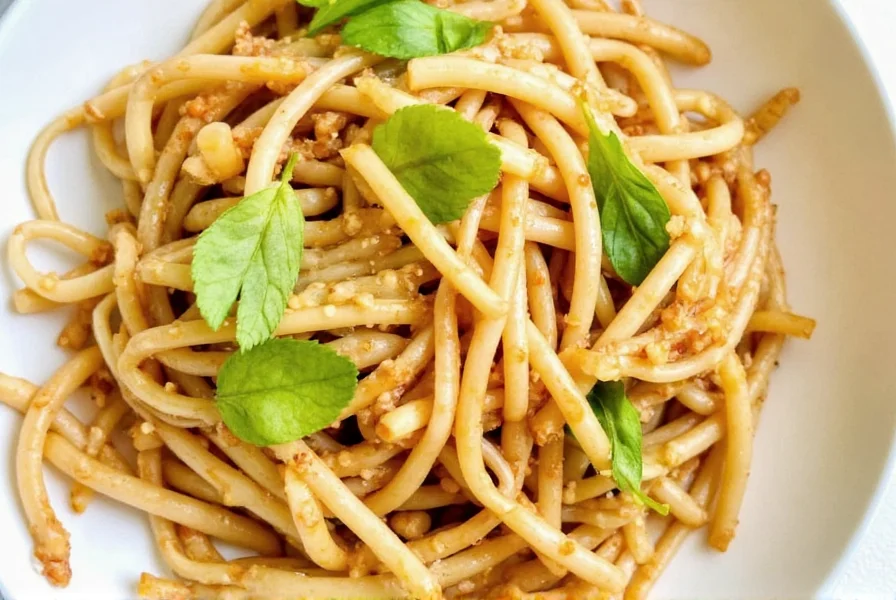
In this guide, we'll explore each alternative's strengths, how to use them, and which dishes they work best for. Let's dive in!
Table of Contents
- What Is Galangal Anyway?
- Why You Might Need an Alternative
- Top 7 Alternatives for Galangal
- Flavor Comparison Table
- Buying Guide: Choosing the Best Substitute
- Recipes That Work Well with Each Substitute
- Final Thoughts
- Frequently Asked Questions
What Is Galangal Anyway?
Before we dive into substitutes, let’s take a moment to appreciate what makes galangal so special. Native to Southeast Asia, Alpinia galanga (greater galangal) and Alpinia officinarum (lesser galangal) are two varieties commonly used in cooking.

While it resembles ginger in appearance, galangal has a sharper, more piney, and slightly lemony flavor. It’s less juicy than ginger and tends to be used in sliced or pounded form, especially in soups and curries where its aroma infuses the broth beautifully.
Why You Might Need an Alternative
So, why would someone need a substitute for galangal?
- Availability: Galangal isn’t always easy to find in regular supermarkets, especially outside of Asia or specialty stores.
- Budget: Fresh galangal can be expensive, especially in small quantities.
- Allergies or Preferences: Some people may avoid certain roots due to dietary restrictions or taste preferences.
- Substitution Needs: You might run out mid-recipe or want to experiment with new flavors.
Top 7 Alternatives for Galangal
Whether you're making a traditional Thai curry or experimenting with fusion cuisine, here are seven of the best alternatives to galangal:
1. Ginger
Ginger is the most common substitute for galangal because they both belong to the Zingiberaceae family and share similar textural qualities. However, ginger is more pungent, sweeter, and lacks the sharp, resinous notes found in galangal.
- Best For: Quick stir-fries, marinades, and mild curries.
- Tip: Use fresh grated ginger in equal amounts as galangal, but reduce by 20% if the recipe calls for a subtle flavor.

2. Turmeric
Turmeric offers earthy warmth and bright color, though it’s much milder in spice compared to galangal. While not a direct flavor match, it contributes depth and complexity to many dishes.
- Best For: Dishes needing color and earthy warmth (e.g., yellow curries).
- Tip: Use powdered turmeric sparingly (½ teaspoon per tablespoon of galangal) or combine with ginger for a more balanced flavor.
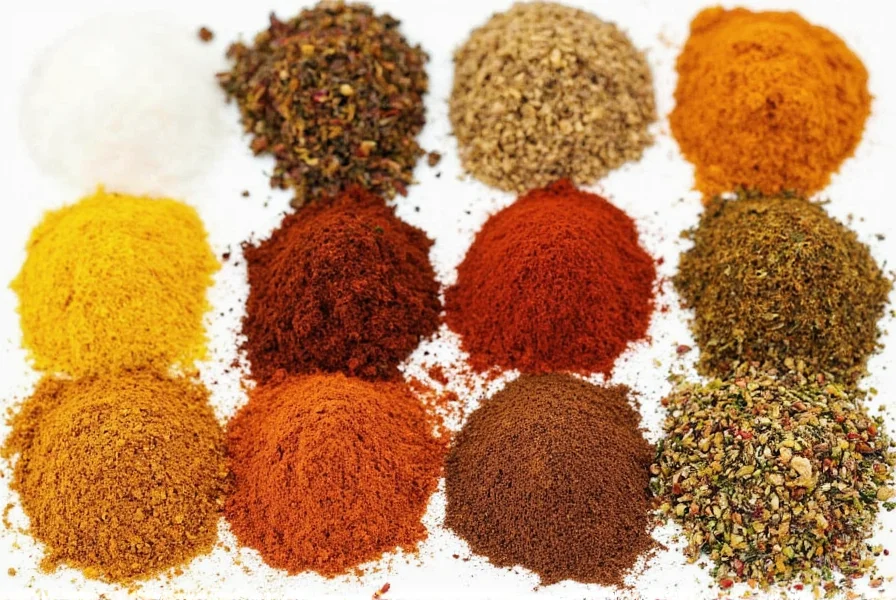
3. Lemon Grass
Lemon grass brings a strong citrus note to the table — much like galangal’s peppery zest. It’s often used in soups and broths.
- Best For: Tom yum soup, fish dishes, and fragrant rice.
- Tip: Use one stalk of lemon grass per tablespoon of chopped galangal. Crush it slightly before adding to release oils.
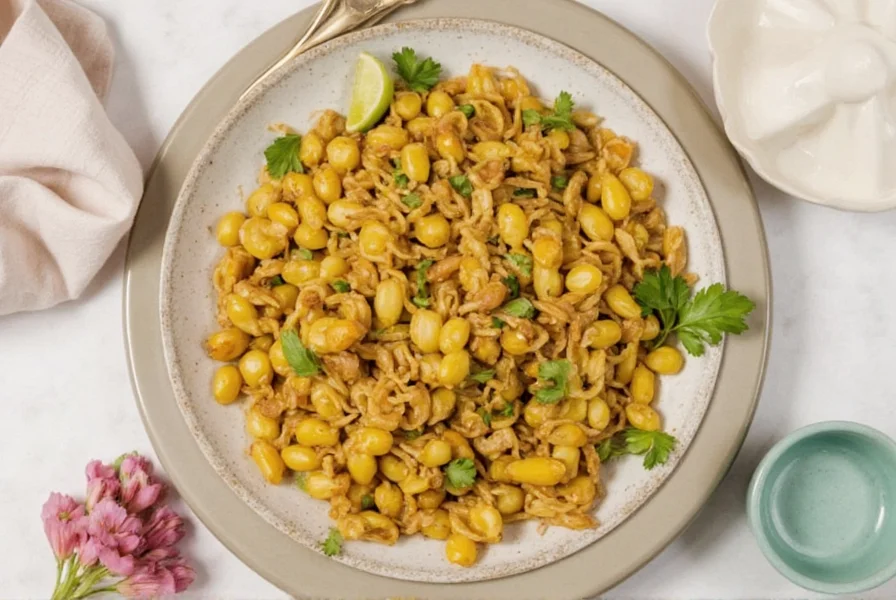
4. Cardamom
This aromatic spice offers floral and sweet notes that can mimic galangal’s complexity in certain dishes.
- Best For: Desserts, chai, and Middle Eastern stews.
- Tip: Use ground cardamom (¼ tsp for 1 tbsp galangal), or crush whole pods for a more intense flavor.

5. Mustard Seeds
Especially black mustard seeds, which have a pungent bite that can somewhat replicate galangal’s heat in specific recipes.
- Best For: Pickling, Southern Indian curries, and spice blends.
- Tip: Toast the seeds before adding to unlock flavor. Use ½ tsp mustard seeds for 1 tbsp galangal.
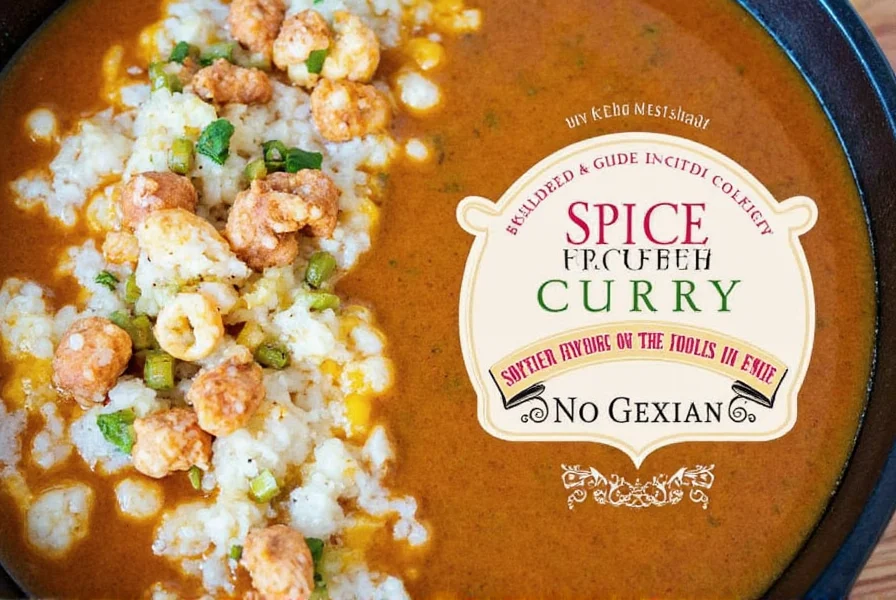
6. Coriander Root or Stem
Coriander root has a distinctively earthy and slightly citrusy flavor that complements Thai and Vietnamese dishes well.
- Best For: Thai curry pastes and green salads.
- Tip: Use fresh coriander root in place of galangal. About 1 inch of root equals 1 tbsp chopped galangal.
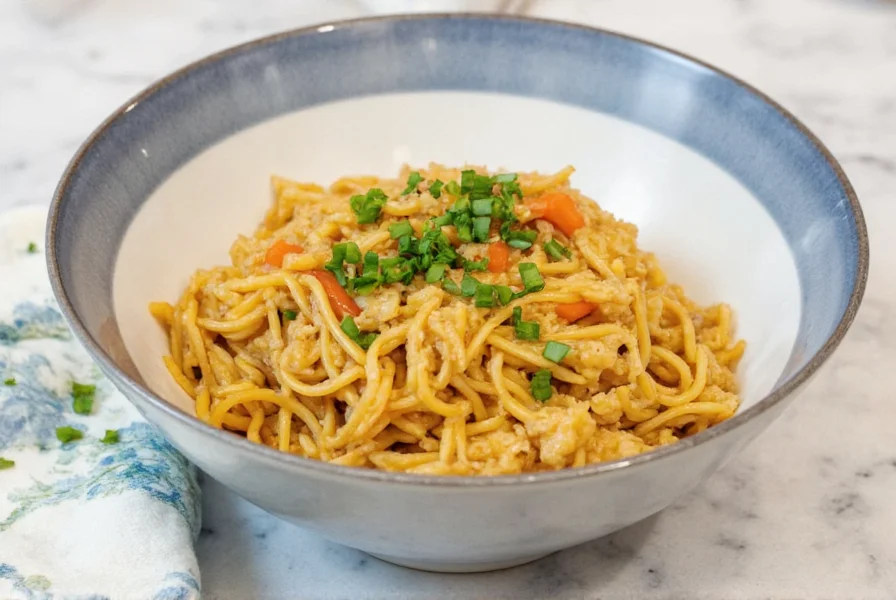
7. White Pepper
For a quick fix in a pinch, white pepper adds a sharp, woody bite that echoes some aspects of galangal’s profile.
- Best For: Sauces, meat marinades, and creamy soups.
- Tip: Start with ¼ tsp white pepper per tablespoon of galangal. Taste before adding more.
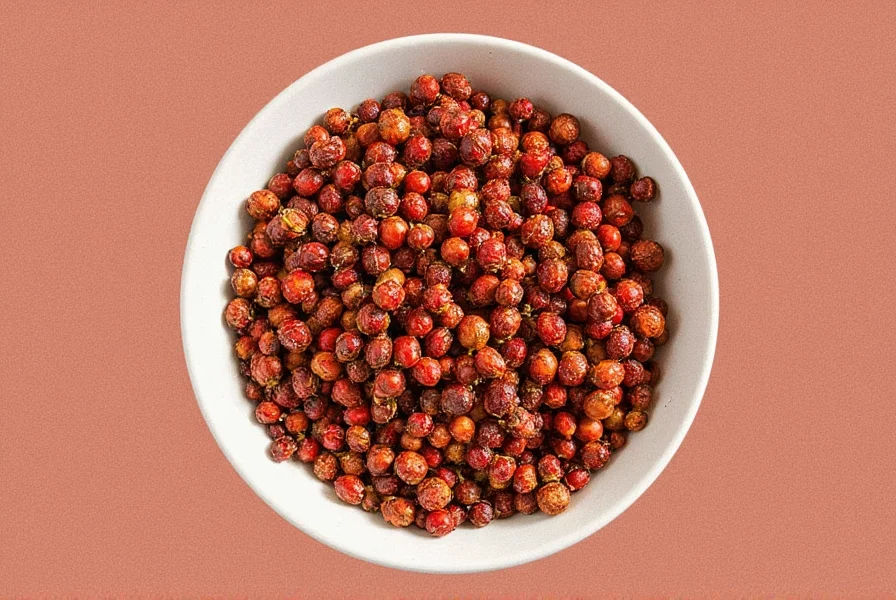
Flavor Comparison Table
| Substitute | Flavor Profile | Texture | Best Use Case |
|---|---|---|---|
| Ginger | Pungent, spicy-sweet | Fibrous, moist | Stir-fries, marinades |
| Turmeric | Earthy, mild bitterness | Dry (powder), fibrous (fresh) | Curries, stews |
| Lemon Grass | Citrusy, herbal | Fibrous, tough stalk | Soups, broths |
| Cardamom | Floral, sweet, warm | Dry (powder or pod) | Desserts, tea, stews |
| Mustard Seeds | Sharp, tangy | Small, crunchy | Pickling, spice blends |
| Coriander Root | Earth-citrus blend | Firm, fibrous | Thai pastes, salads |
| White Pepper | Woody, biting heat | Dry powder | Sauces, creamy dishes |
Buying Guide: Choosing the Best Substitute
When shopping for galangal alternatives, here’s what to look for depending on your needs:
For Fresh Flavor:
- Ginger: Choose firm, smooth roots without wrinkles or soft spots. Organic ginger usually has better flavor.
- Lemon Grass: Look for tightly packed stalks with pale green to white bases. Avoid dry or browned ends.
- Coriander Root: Ensure the root is attached to fresh cilantro leaves for maximum flavor indication.
For Long Shelf Life:
- Turmeric Powder: Go for organic, finely ground turmeric for vibrant color and potency.
- Cardamom Pods: Whole pods retain more fragrance than pre-ground versions. Shake to ensure seeds rattle inside.
- Mustard Seeds: Store in airtight containers away from light for freshness.
For Intense Heat:
- White Pepper: Opt for coarsely ground or whole peppercorns for stronger flavor. Grind fresh when needed.

Recipes That Work Well with Each Substitute
Let’s get practical. Here are real-world examples of recipes where each substitute shines:
- Ginger: Try it in Thai-inspired chicken satay marinade or pad thai with shrimp.
- Turmeric: Perfect for golden milk lattes or turmeric rice paired with lentils.
- Lemon Grass: Essential in homemade tom yum soup or grilled lemongrass pork skewers.
- Cardamom: Use in chai tea or Swedish cardamom buns.
- Mustard Seeds: Great in South Indian sambar or pickled vegetables.
- Coriander Root: Key ingredient in red or green Thai curry paste.
- White Pepper: Ideal for mushroom sauce or steak au poivre.
Final Thoughts
Galangal is a unique spice that brings character to many iconic dishes, but running out doesn’t mean you have to cancel dinner. With the right alternative, you can still create something magical in the kitchen.

Remember, no substitute will exactly replicate galangal’s complex flavor, but the key is understanding which qualities you want to preserve — whether it’s the sharpness, citrus undertones, or earthiness — and choosing accordingly.
Now go forth, season boldly, and never let a missing root ruin your meal again!
Frequently Asked Questions
Can I use ginger as a 1:1 substitute for galangal?
Yes, but with adjustments. Use 20% less ginger than the recipe calls for galangal since ginger is sweeter and more pungent. For 1 tablespoon of galangal, use 4/5 tablespoon grated ginger. This prevents overpowering the dish while maintaining texture.
What's the best dried alternative if I don't have fresh options?
Dried galangal powder is ideal but rare. As alternatives, combine ½ teaspoon turmeric powder with ¼ teaspoon ground white pepper per tablespoon of fresh galangal. This mimics both the earthiness and sharp heat while providing color.
How does galangal differ from ginger in cooking?
Galangal has a sharper, pine-like flavor with citrus notes and less sweetness than ginger. It's woodier and less fibrous, making it better for simmering in broths (where it infuses flavor but isn't eaten). Ginger adds heat and sweetness better suited for quick-cook dishes.
Which substitute works best for Thai tom kha gai?
Lemongrass is the top choice for tom kha gai, used at a 1:1 ratio with galangal. If unavailable, combine equal parts ginger and white pepper (¾ ginger + ¼ white pepper) to balance citrus notes and sharpness without overpowering the coconut broth.
Can I freeze galangal substitutes for later use?
Ginger, lemongrass, and coriander root freeze well—peel, chop, and store in airtight bags for 6 months. Turmeric and cardamom retain potency in cool, dark pantries for 1-2 years. Never freeze pre-ground white pepper as moisture degrades its flavor.

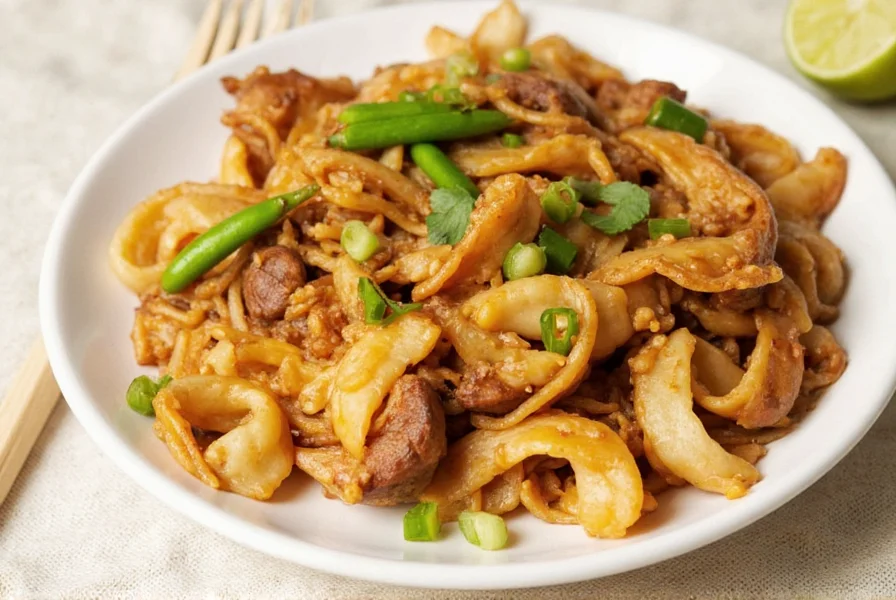









 浙公网安备
33010002000092号
浙公网安备
33010002000092号 浙B2-20120091-4
浙B2-20120091-4